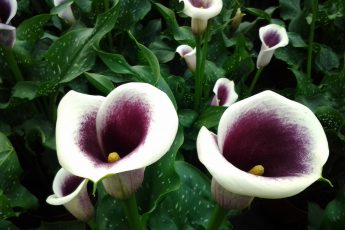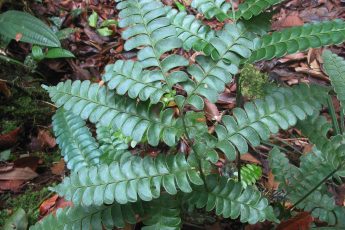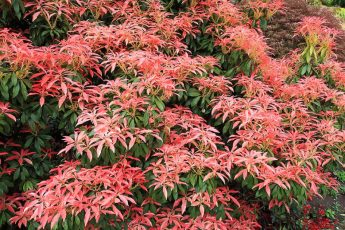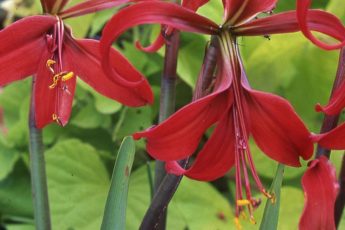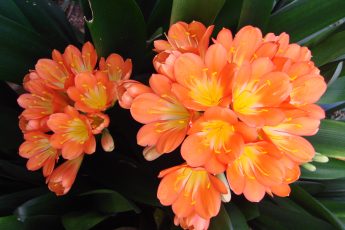Amorphophallus, a fascinating and exotic genus from the family Araceae, is renowned for its intriguing lifecycle and unique appearance. Native to the lush landscapes of East Asia, this herbaceous plant can quickly become the centerpiece of your garden or indoor plant collection. Known for its single, large leaf that sprouts anew each year, the Amorphophallus can reach heights of up to 1-1.5 meters. The growth rate of this plant is notably high, making it a favorite among gardening enthusiasts looking for a dynamic addition to their botanical array.
Understanding the Lifecycle of Amorphophallus
The lifecycle of Amorphophallus is as captivating as its appearance. At the end of the growing season, its large leaf dies, leaving behind just the tuber to overwinter. This period of dormancy can last from 3 to 7 months, during which the tubers should be stored in a dark and cool, but not cold, location. In terms of temperature, Amorphophallus thrives in summer warmth between 73.4-82.4°F, but it’s essential to ensure that winter temperatures do not drop below 50°F.
Optimal Growing Conditions
Successfully cultivating Amorphophallus requires understanding its preferences for humidity, light, and soil conditions. This plant is quite hygrophilous, needing increased humidity levels in its environment. Regular hydration rituals such as spraying at least once a day during the summer months can significantly enhance its growth and health.
Amorphophallus prefers bright but lightly shaded lighting, replicating the dappled sunlight of its native habitat. This ensures the plant receives enough light for healthy growth without the risk of sunburn.
The soil should be loose, with a well-balanced mixture made up of sand, humus, peat, and turf. Ensuring proper drainage is crucial to prevent waterlogging, as the plant’s roots do not tolerate excessive moisture well. Consistent moisture is key, so the soil should be kept moist without being overly wet.
Nutrient and Feeding Requirements
When it comes to fertilizers, Amorphophallus benefits from a diet rich in phosphorus. Begin feeding the plant with soluble fertilizers about once every 10 days, starting when the new leaf begins to unfold. The accumulation of nutrients in the bulb is essential as it will influence the flowering intensity in the following year.
Propagation Techniques
Propagation of Amorphophallus can be effectively achieved through seeds or tubers. Seeds should be planted at a depth of 1 cm in a blend of peat and perlite and covered with polyethylene film to create a greenhouse effect, promoting germination. Alternatively, tubers can be planted directly into loose soil, ensuring the growing sprout is visible above the soil line to prevent rot.
The Unique Bloom of Amorphophallus
One of the most distinctive features of Amorphophallus is its bloom—a cob-like structure adorned with a spathe. It’s important to note that this bloom appears before the leaves and is notorious for its potent, unpleasant smell, designed to attract specific pollinators in its natural habitat.
Challenges in Caring for Amorphophallus
Like any plant, Amorphophallus has its share of challenges. The spider mite is a common pest that poses a threat to its growth. Regular inspection and maintaining humidity can help mitigate this issue.
It’s also vital to note that, similar to other members of the Araceae family, Amorphophallus contains oxalate crystals in its sap. This makes it potentially toxic if ingested, causing irritation to the lips, mouth, and tongue, and in severe instances, breathing difficulties and throat swelling. Handling the plant with care, using gloves to prevent skin irritation, is recommended.
Amorphophallus stands out not only as a captivating display piece but also as a testament to nature’s way of creating balance. With the right care and attention to its specific needs, this unique plant can flourish, providing a touch of exotic elegance to any space.


